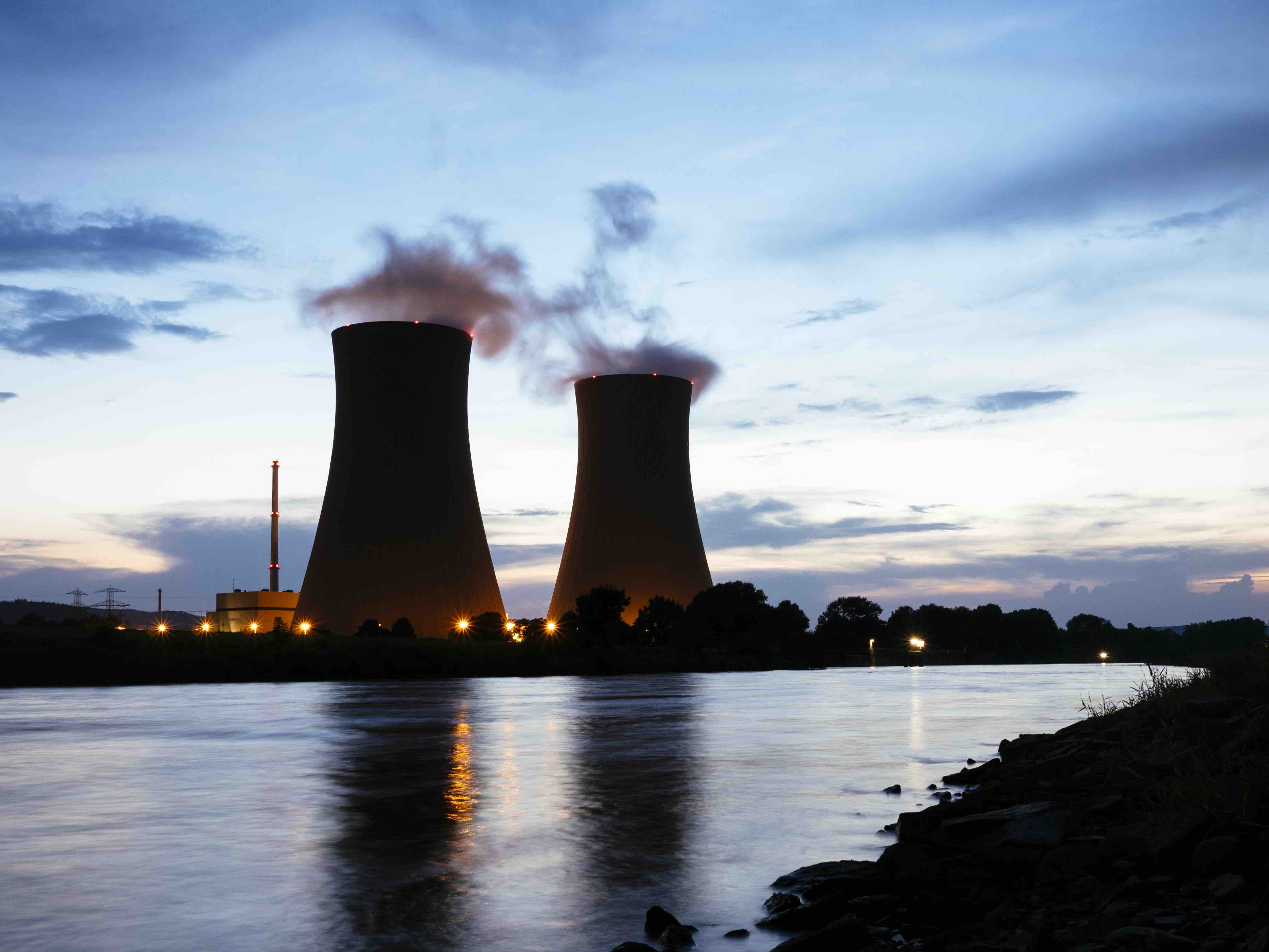
The 2011 earthquake and tsunami damaged the Fukushima nuclear facility’s power supply and cooling systems, overheating reactor cores and contaminating plant water with radioactive material. Since then, reactor fuel debris has been cooled using new water. Meanwhile, earth and precipitation have leaked in, causing more radioactive effluent that must be kept and treated.
Discharging tons of radioactively treated water
The government had made the official decision to begin releasing the water as soon as Thursday, August 24, provided that there are no obstructions in their way.
The wastewater has been continuously treated over the course of many years in order to filter out any potentially dangerous elements that can be removed and then kept in tanks. According to Tokyo Electric Power Company (TEPCO), which is a state-owned energy corporation, a significant portion of the water undergoes treatment for a second time.
When the contaminated water is eventually discharged into the environment, it will have undergone extensive diluting with fresh water before being allowed to do so. As a result, it will contain only trace amounts of radioactive substances. To get to the Pacific Ocean, it will go through a tunnel that is around a kilometer and a half away from the coast.
The International Atomic Energy Agency (IAEA), which serves as the nuclear watchdog for the United Nations, will be one of the third parties that will monitor the discharge both during and after it is released. According to the IAEA, it has personnel working in a newly opened office in Fukushima and will continue to monitor the situation for years to come.
Science and concerns behind the discharge of wastewater release
Since the plan to release water from the plant was approved by the Japanese government two years ago, it has created worry across Asia and the Pacific.
It was approved by the nuclear watchdog of the United Nations, which came to the conclusion that the effects it would have on both people and the environment would be insignificant.
However, a large number of people, notably fishermen in the area, are concerned that dumping the treated water will have a negative impact on their means of subsistence.
Even though plant operators Tepco have been filtering the water to remove more than 60 radioactive compounds, the water will not be completely free of radiation since it will still contain radioactive isotopes of hydrogen and carbon that are difficult or impossible to remove from water. These isotopes include tritium and carbon-14.
The water, which is enough to fill 500 swimming pools the size of the Olympic Games and continues to pile up, has been used to cool the fuel rods. It is now being housed in approximately 1,000 storage tanks on sites that Japan claims are almost full. Even though the water is filtered and diluted in order to eliminate the majority of the radioactive elements, it still has trace amounts of tritium, which is an isotope of hydrogen that is difficult to remove.
Officials claim that the amount of tritium that will be present will be much below what the World Health Organization considers to be safe, and that nuclear facilities all around the world frequently release wastewater that contains tritium, often at greater amounts. According to the IAEA, its on-site study showed that the levels of tritium in the first batch of water from Fukushima that was being discharged were far lower than the operational limit.
The release has also developed into a political and diplomatic issue, particularly in nations with whom Japan has a history of tense ties.
China, the country that purchases the most seafood from Japan, has been the most vocal in its condemnation.
In order to take comprehensive precautions against the threat that radioactive contamination poses to the food supply as a result of nuclear-contaminated water discharges, the Chinese customs authorities soon after the water release began to proclaim an immediate ban on all imports of Japanese aquatic products, including seafood. This restriction was implemented immediately.







